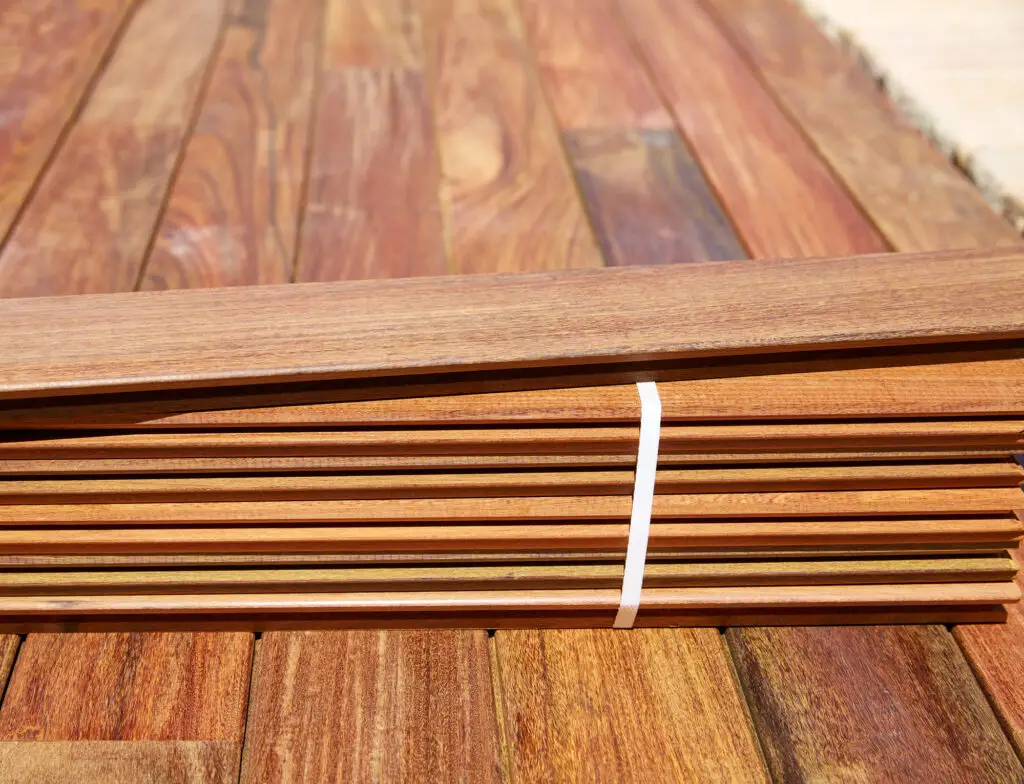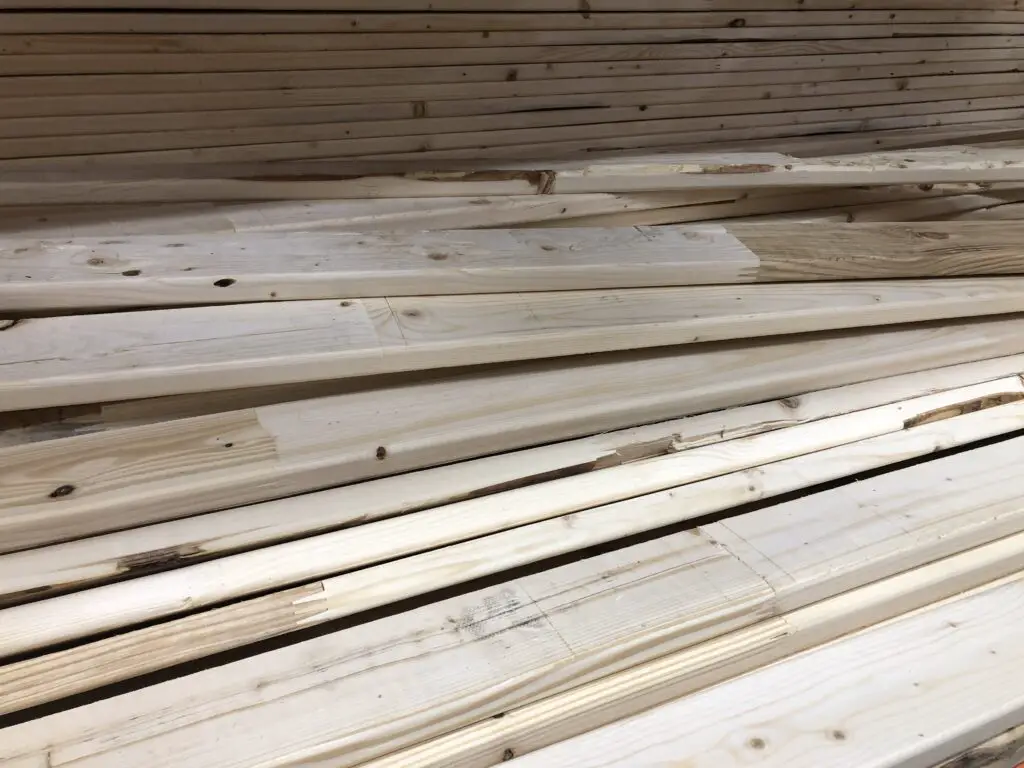As a woodworker, there may be times where you need to search for woods that have similar properties to one you were initially planning to use. While the reasons for the switch may vary, it is safe to say that you should have no problem when it comes to finding wood alternatives when it comes to replacing knotty alder.
For those that need an answer right away, scroll no further! Alder is one of the softest woods that is still classified as hardwood. Poplar is a good replacement choice because it is very similar in characteristics to alder, is widely available in stores, and is relatively inexpensive.
However, poplar does have a greenish tone to it, so it may not be the right choice if that color signature doesn’t match your current workpiece or desired outcome.
What is Knotty Alder Wood?
Knotty alder is a smooth hardwood. However, it is essential to note that knotty alder is one of the softest hardwoods, meaning it isn’t much harder than other similar soft woods such as pine and or soft hardwoods like poplar.
It has a straight grain pattern and a color signature identical to cherry wood, ranging from light honey to a reddish-brown. You can use knotty alder for a variety of projects, and it is often found in projects such as construction framing or furniture.
Can You Stain Knotty Alder Wood?
Knotty alder is a hardwood with medium density. While you can stain knotty alder, it is essential to note that unless the proper preparations are made, there can be a large amount of discoloration as a result.
A better choice may be to buy knotty alder that is already close to the color you wanted your final product to be. As it has a wide color range, if you get a wood that is close to the shade you’re looking for, you can add a gloss or finish that helps the color pop out even more.
What are Some Similar Woods to Knotty Alder?
Several kinds of wood can be deemed as very similar to knotty alder whether it’s because of its physical properties or its color signature.
These woods include but aren’t limited to:
- Poplar Wood: Poplar wood is very similar to knotty alder, as it is a smooth hardwood. Because it is readily available and has a relatively low price, poplar is a good buy. However, the greenish tone it has may turn away some woodworkers.
- Pine Wood: When freshly sanded or cut, pinewood can be very similar to knotty alder. However, it is essential to note that pine wood is a softwood that may yellow quickly and have varying resin/sap content levels.
- Fir Wood: Fir wood is another widely available softwood mainly used for woodworking projects such as housing, framing, and furniture.
If you are unsure about what wood may work best, it may be a good idea to try buying smaller samples and testing the wood on whatever you are making. This is the best way for you to envision your final product!
What is the Difference Between Knotty Alder and Knotty Pine?
Aside from the knotty in the name, are there other similarities between knotty alder and knotty pine? Let’s do a quick comparison:
Knotty alder is classified as a hardwood, while knotty pine is deemed a softwood. However, it is essential to note that knotty alder is one of the softest of all hardwoods, so even though pine is a softwood, alder is not too far ahead of it in terms of hardness.
When it comes to knots, knotty alder is known for its rustic style knots, with small, tight, open, and split variations. Pinewood is known to have a few dark knots that are visible on the light wood.
Finally, alder wood tends to have color signatures ranging from reddish-brown to yellow. As for pine, it features a color range of brown to pale yellow. Pine tends to be a lighter wood overall, however.
When comparing the two kinds of wood, there is no precise answer as to which one is better.
Ultimately, it comes down to personal preference. As both types of wood are widely available and relatively inexpensive, you should have various options for both at your local supplier.

